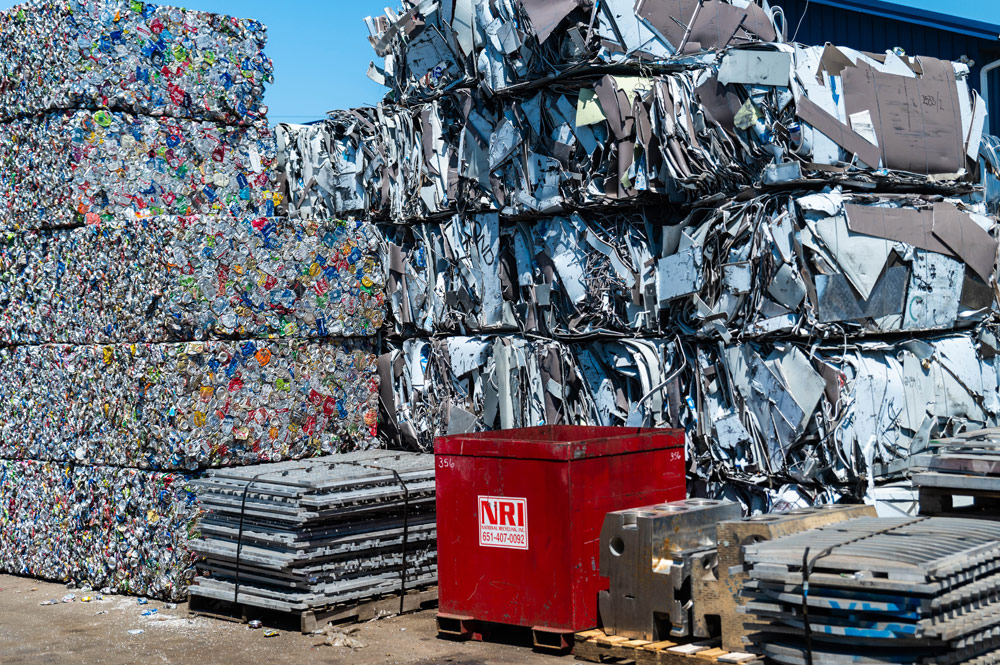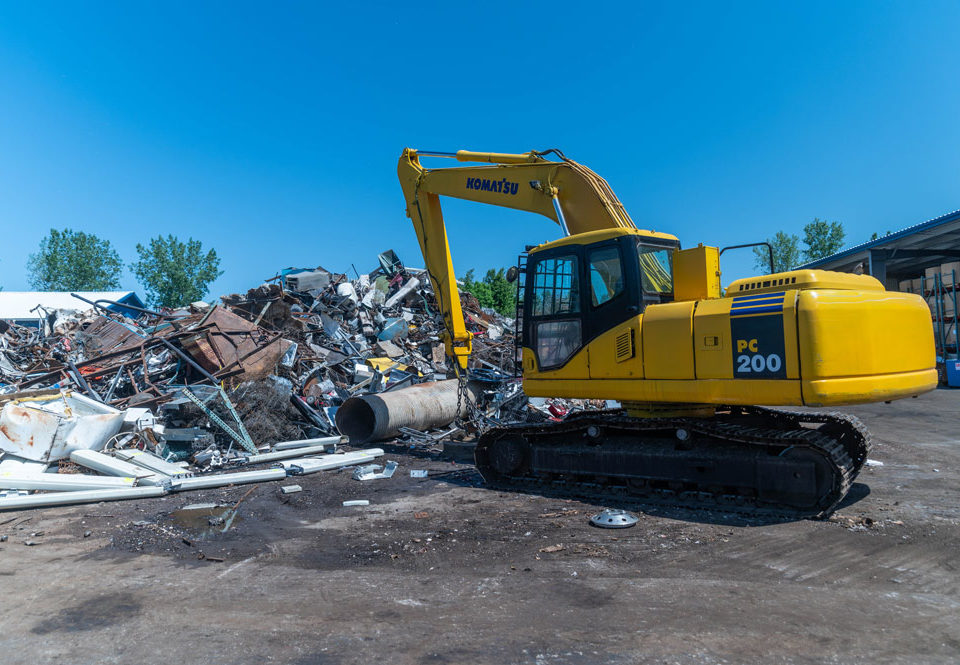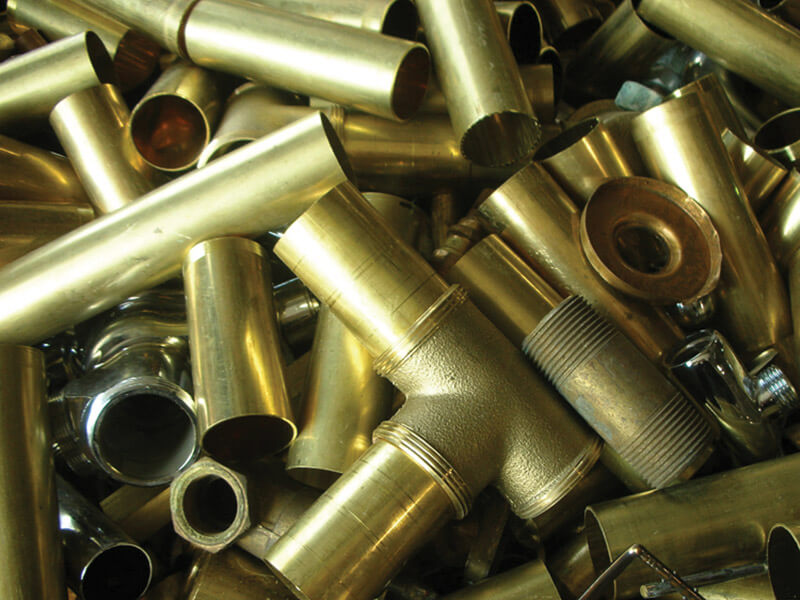
Recycling is the act of reusing resources to create new products. Recyclability is the ability of a material’s properties to be restored from its original state. This alternative to traditional waste disposal can save material and reduce greenhouse gases.
Steel
Steel is the most recyclable material in the world. Steel is the most recyclable material on the planet, accounting for 40% of total steel production, even though there is more steel being created than it is being destroyed. This results in a 60% recycling rate. Every year, 1085,000,000 tons of steel is recycled. Remelting steel scrap from appliances, automobiles, and building materials involves melting the metal in an oxygen furnace or an electric arc furnace. Because of its chemical composition and strength, steel can be reused indefinitely. Steel is the most recyclable material by weight.
Aluminum Cans
Aluminum cans are one of the most recyclable materials. They can be recycled 100% and reused multiple times. Aluminum cans are recyclable at a mere 5% of the energy needed to smelt, making them the most energy-efficient material in recycling. Recycling one aluminum can saves three hours of electricity. Reusing aluminum takes 95 percent less energy to produce than if it were made from raw materials. Aluminum-containing materials can also be recycled, including aluminum curtain rods and foil, as well as baking tins and spray cans.
PET Plastic Bottles
Another recyclable material is plastic bottles made from polyethylene terephthalate. This category includes clear soda bottles of one and two liters. It also includes containers for water, alcohol and liquid cleansers. PET is the most commonly recycled plastic in the United States, with 1.5 billion pounds annually of PET bottles being recycled. Recycling PET reduces greenhouse gas emissions by two-thirds and significantly reduces solid waste generation. PET can be recycled into PET containers, PET carpets, PET clothes, protective packaging and other products for a long time. Although PET is an inert material and is resistant to microorganism attacks, there is no risk of groundwater contamination if it is properly reprocessed.
Newspapers
The world’s paper consumption is approximately equal to the annual paper production. Paper is one of the most commonly recycled materials. In 2018, paper and paperboard recycling amounted almost 46 million tonnes, with a 68.2 per cent recycling rate. This is the highest among all MSW commodities. Post-consumer clean paper can be recycled up to seven times before it becomes cellulose fibers. Methane is a greenhouse gas that can trap heat 21 times better than carbon dioxide. Paper is broken down into methane. The environment is one of the main reasons to recycle newspapers.
Glass
Glass has a negative impact on the ecosystem, both economically and environmentally. Bottles and jars made of recycled cullet, or crushed glass, use less energy than bottles and jars made from virgin materials. A single glass bottle can be recycled enough to power a 12 hour television. No matter how many times glass is recycled, it doesn’t lose its original quality. It is possible to recycle the same bottles and jars multiple times while maintaining the same production standards. Recycled glass reduces environmental pollution by 20%, and water pollution by 50%. Recycled glass products reduce the atmospheric emission by 315 kilos.
Conclusion
Recycling reduces the need to extract raw materials (mining and quarrying and logging), refine and process, which all contribute to significant water and air pollution. Recycling reduces energy and helps to combat climate change.



